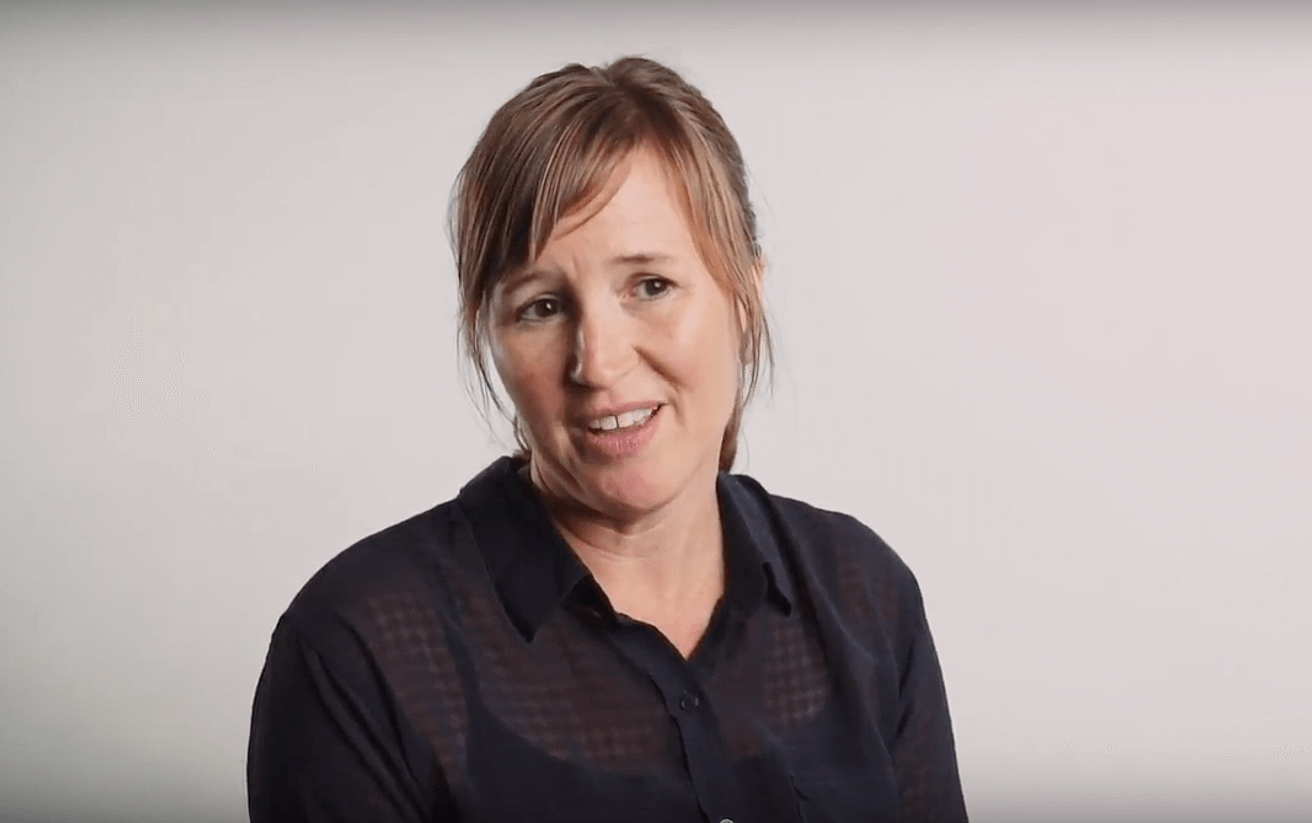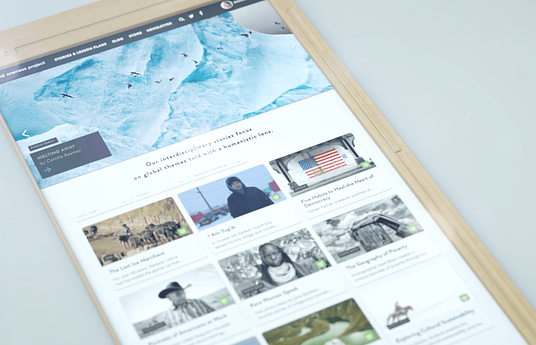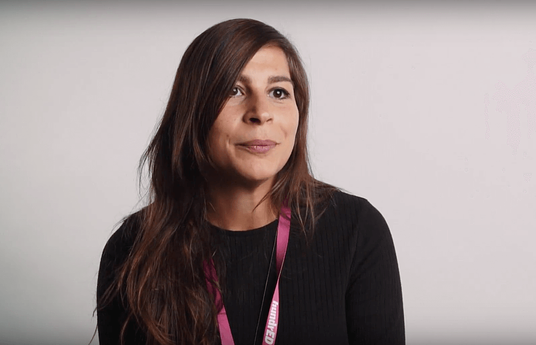Cleary Vaughan-Lee is Executive Director of Global Oneness Project, an innovation bringing the world to the classroom using stunning documentaries, photo essays and stories exploring global issues through a humanistic lens. Global Oneness Project was selected as one of HundrED's 100 Global Inspiring Innovations of 2017.
Please introduce yourself and your innovation.
Global Oneness Project is an educational multimedia platform and we tell authentic stories in engaging ways. We host short documentary films and photo essays which document social, cultural and environmental issues from all around the world and we also have lesson plans which accompany the stories.
Our stories highlight big, global issues, such as migration, climate change, indigenous rights and social justice, and they are able to put a human face to a big global issue. So, what I’ve been doing is taking our films and screening them with teachers in workshops and in conferences and one film in particular called Marie’s Dictionary, which is about a Native American woman who is the last speaker of the Wukchumni language and she creates a dictionary in order to keep her language alive. What I’ve done is to screen this film with teachers and students and what it does is it enables them to reflect on their own cultures, it enables them to reflect on themes such as identity and cultural preservation and this has had a few positive outcomes; one is that teachers instinctively get inspired about the story itself, so they end up sharing particular stories about their own lives, whether that’s about their parents or grandparents, specific parts of their culture that they want to preserve, and they get very emotional as well.
There’s something that happens when a story gets shared, that story ends up taking on a life of its own afterwards because it affects someone inside. I’ve been working with teachers who then take this film back to the classroom and one particular set of teachers had their students create photo essays to document their own cultures. It’s interesting to see how one story can have a life, can have an effect or an experiential way of viewing the story but also in education it can have a life of its own by bringing in these universal values as well as particular themes that are very relational and relevant to student’s lives.
How can story telling enhance the educational experience?
Storytelling gets to the heart of learning. Stories create empathy and they are a way for us to learn about our real essence, about being human. In education that can translate to many different ways of learning; they can create communication, reflection and foster critical thinking. But stories, we remember them, it’s a part of our DNA and with stories students can reflect on who they are as people and how they want to live in the world.
What is the biggest challenge facing education right now?
I think one of the most pressing needs is that we need to meet students where they are, I think we need to ask students what their challenges are and how they learn and then meet them in that space. I think another pressing need is that we need to value teachers all around the world and if we’re going to be looking at the future of education, this is really critical.
The next 100 years of education... should really look at the changes in society and I think Finland is doing this right now and looking at leadership and equity and this is a great role model for the world to look to. I think one particular question that we can really contemplate is how can we serve students so they can reach their full human potential?
To find out more about Global Oneness Project, including how to use this in your school, visit the innovation page.



